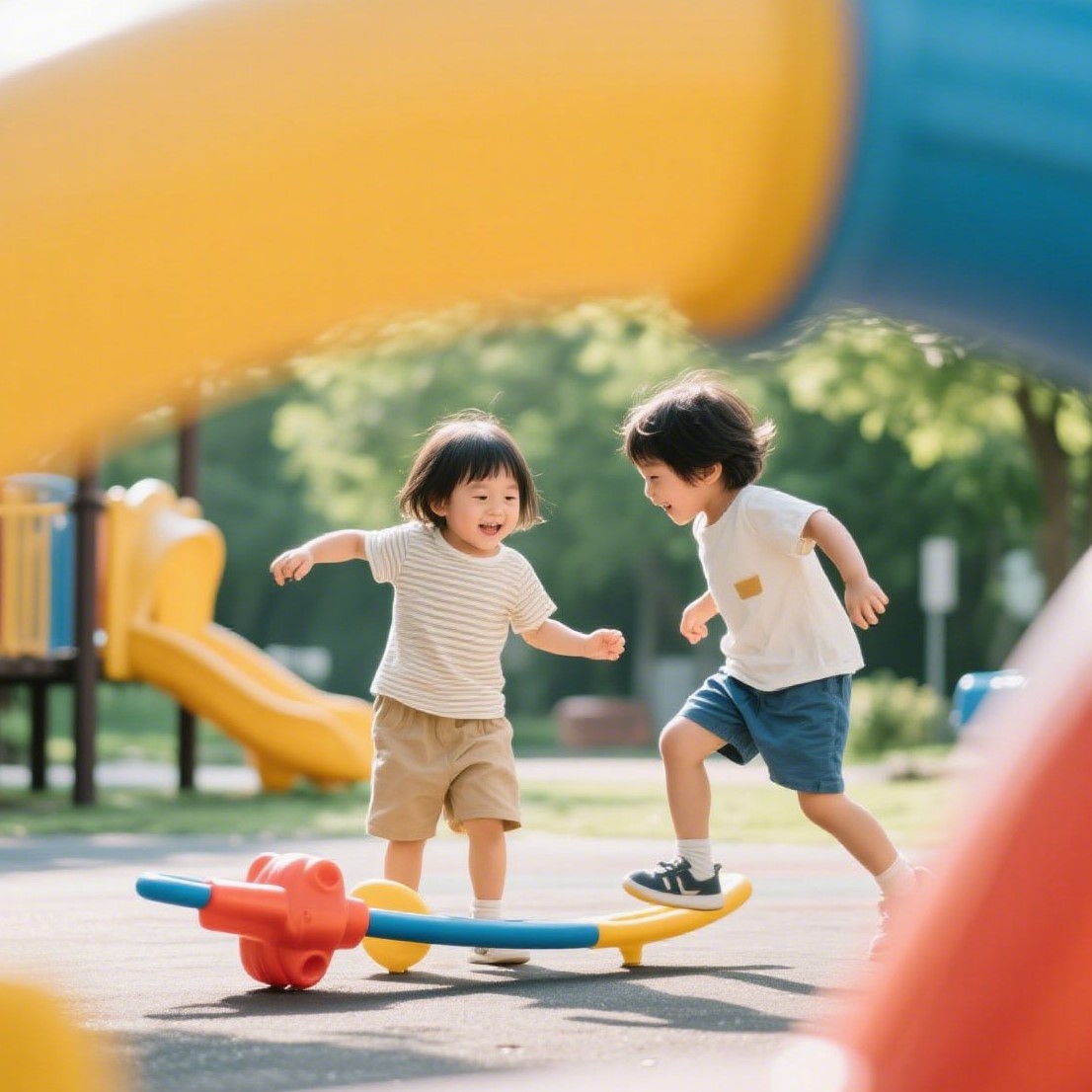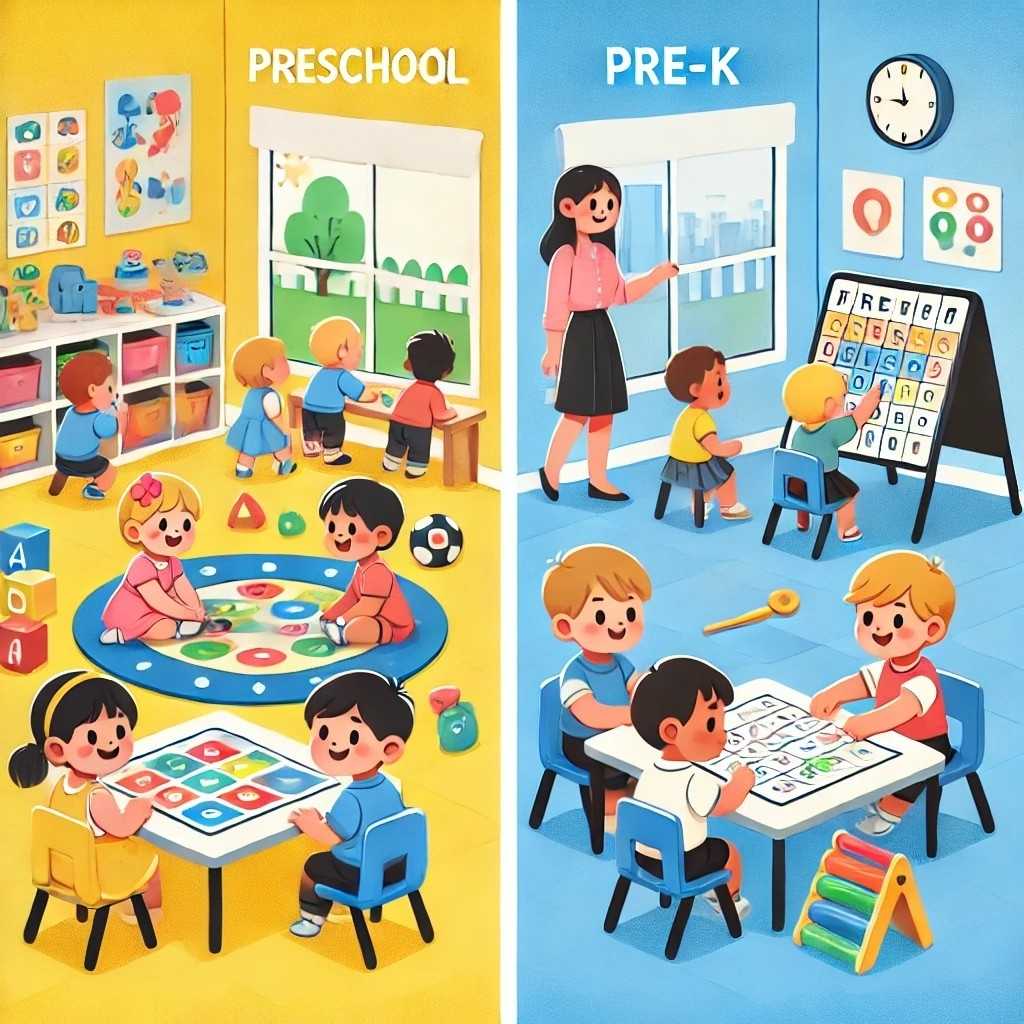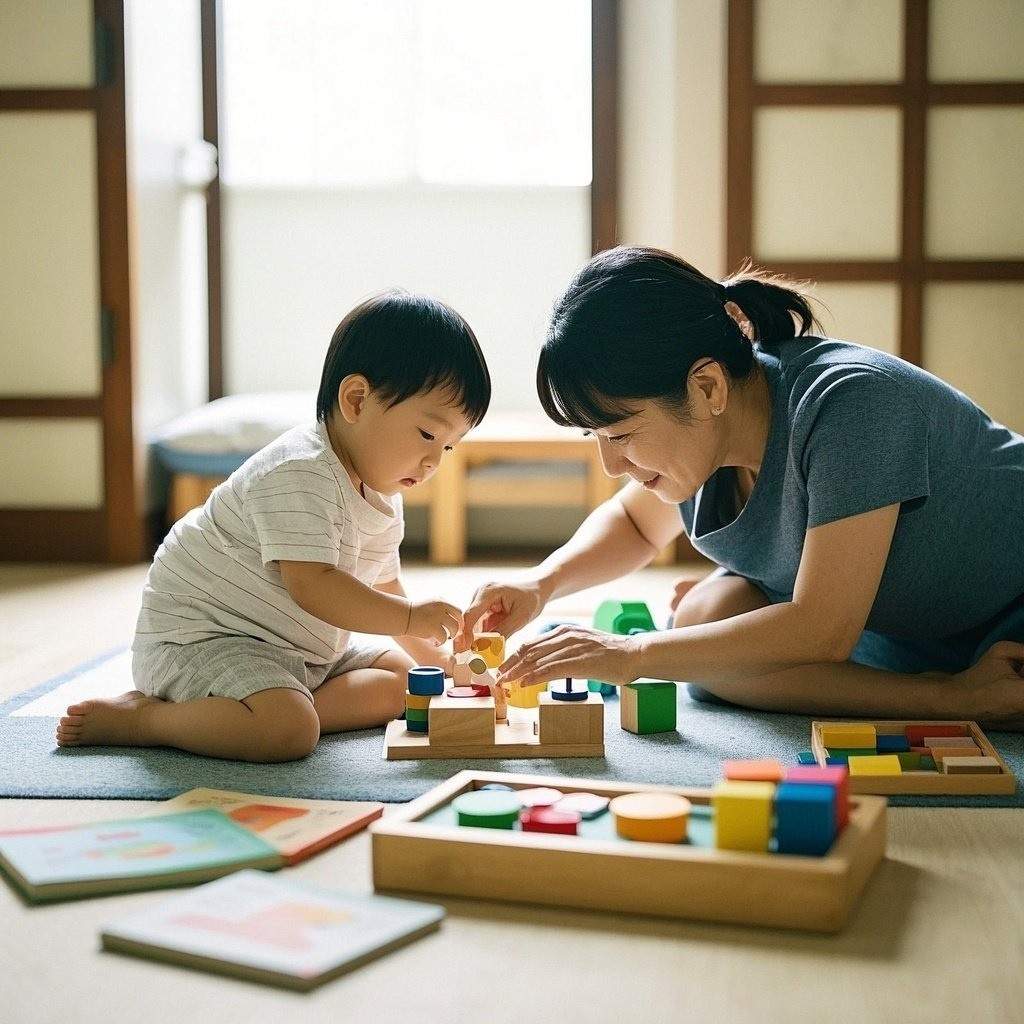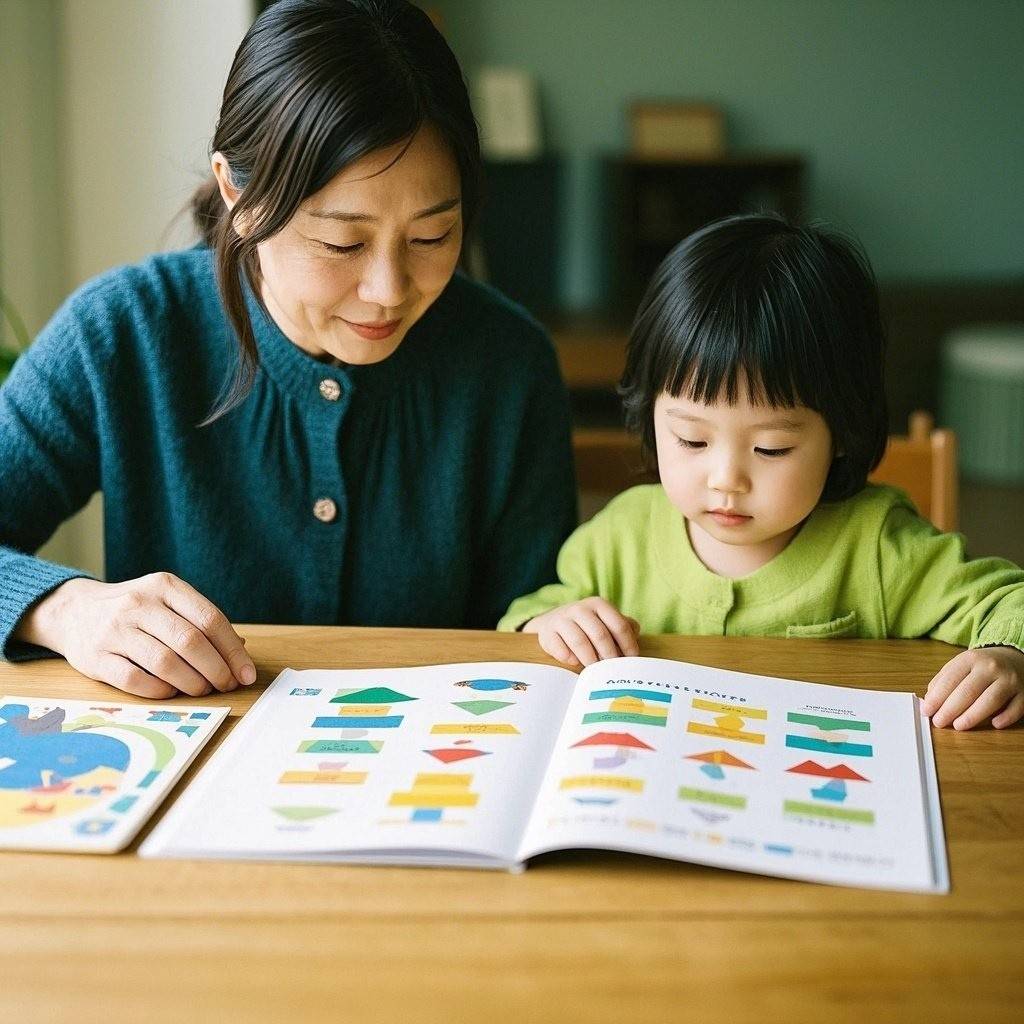Childhood isn’t one big block of time—it’s a rich, ever-evolving journey made up of remarkable stages, each with its own magic, milestones, and mayhem. Two of the most important (and often misunderstood) phases are early childhood and middle childhood.
So, what age are we really talking about when someone says “middle childhood” versus “early childhood”? And why does it matter?
Let’s break it down like a colorful, illustrated growth chart—from first giggles to school-age growth spurts.
🎈 Early Childhood: The Age of Firsts (Ages 2–6)
Early childhood begins when the baby years are left behind, and toddlers start turning into little people with big personalities. This stage typically spans from age 2 to 6, give or take.
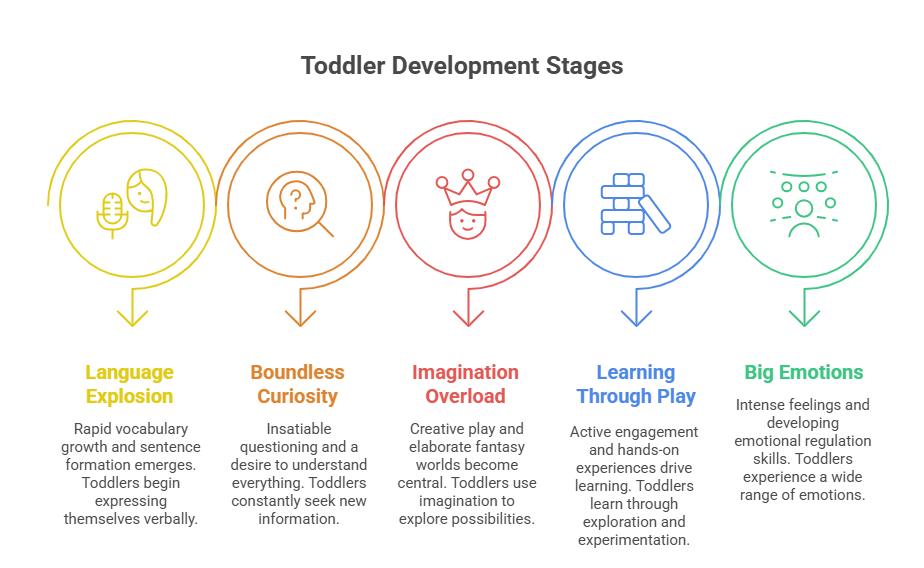
🌱 What’s Happening in Early Childhood?
- Language Explosion – Around age 2, kids go from saying “mama” to suddenly narrating their day like a podcast host.
- Boundless Curiosity – “Why is the sky blue?” “What do ants eat?” “Can I marry a dinosaur?” Their curiosity knows no limits.
- Imagination Overload – Pretend play reigns supreme. A couch becomes a spaceship, a spoon becomes a sword, and you? You’re the royal assistant to a 4-year-old pirate-princess.
- Learning Through Play – They learn best by doing, touching, exploring, and getting messy.
- Big Emotions, Little Bodies – Tantrums, giggles, shy hugs, and proud dances—emotional development is blooming.
🌟 Early Childhood in a Nutshell:
Think of this stage as the “I can do it myself!” era. It’s a time of discovery, rapid growth, and forming the foundation for lifelong learning. Preschool and kindergarten often fall within this range.
📚 Middle Childhood: The Age of Growing Minds (Ages 6–12)
Middle childhood picks up right around the time your child starts first grade and continues through age 12, just before the stormy seas of adolescence begin.
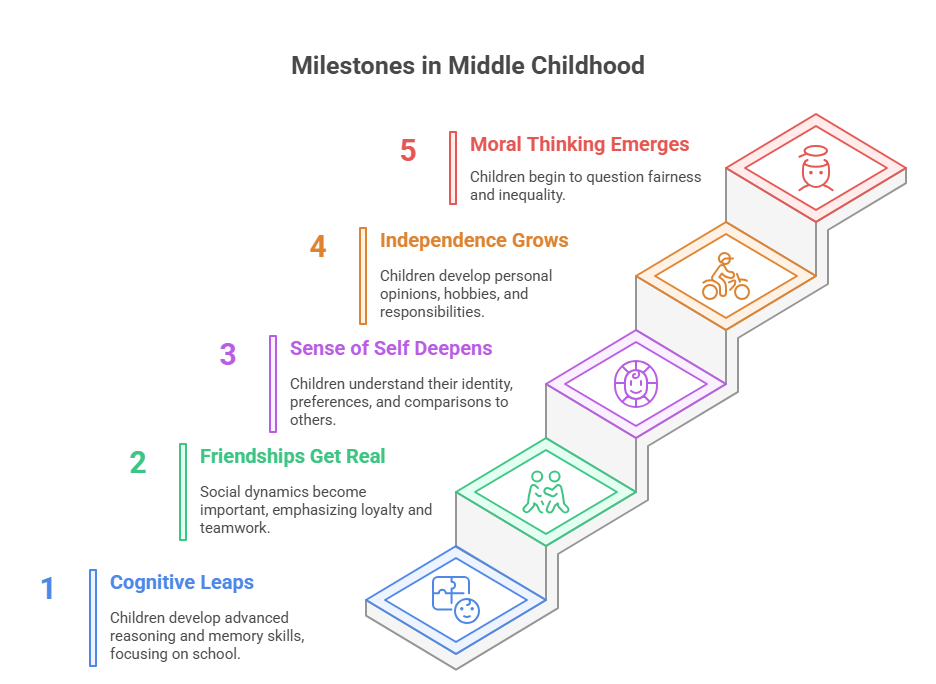
🧠 What’s Going on in Middle Childhood?
- Cognitive Leaps – Kids develop more advanced reasoning, problem-solving, and memory skills. School becomes a major focus.
- Friendships Get Real – Social dynamics take center stage. Loyalty, trust, and teamwork start to matter a lot.
- Sense of Self Deepens – Children start to understand who they are, what they like, and how they compare to others.
- Independence Grows – While they still need you, they’re developing personal opinions, hobbies, and responsibilities.
- Moral Thinking Emerges – They begin to ask complex questions like, “Is that fair?” or “Why do some people have more than others?”
🦸 Middle Childhood in a Nutshell:
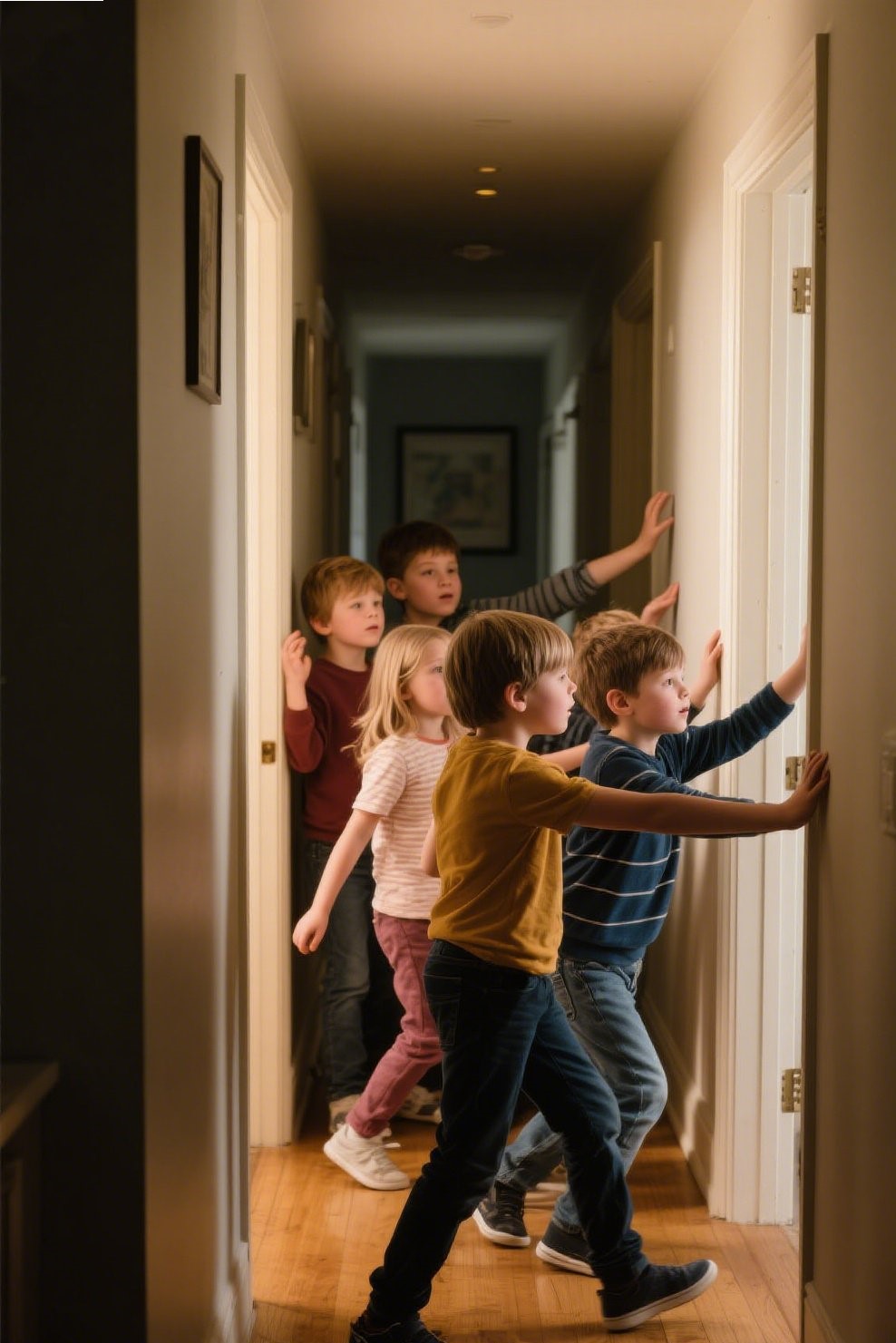
This is the “I want to understand the world” stage. It’s a time of stretching—mentally, socially, emotionally, and physically. It’s also when kids start stepping out of the family bubble and into the wider world.
🎨 Why These Stages Matter
Understanding where a child is developmentally helps caregivers, educators, and parents offer better support. A 4-year-old isn’t being “difficult”—they’re trying to make sense of big feelings in a small body. An 8-year-old isn’t just being “nosy”—they’re learning how to navigate social norms and fairness.
Each stage comes with its own superpowers and challenges:
| Childhood Stage | Age Range | Key Milestones | Parenting Focus |
|---|---|---|---|
| Early Childhood | 2–6 years | Language, imagination, emotional regulation | Patience, play, safety, encouragement |
| Middle Childhood | 6–12 years | Critical thinking, identity, social skills | Structure, empathy, confidence-building |
🧡 Final Thoughts: A Time to Grow, A Time to Glow
Early childhood is about wonder. Middle childhood is about wisdom. And both are beautiful.
Whether you’re parenting a playful 3-year-old or cheering on your 10-year-old during a school recital, remember—each phase is temporary, precious, and essential.
As the saying goes, “The days are long, but the years are short.” So lean into the questions, the chaos, the bedtime stories, and the sidewalk chalk. You’re witnessing the evolution of a whole human being—from toddler dreams to tween goals—and it’s a journey worth savoring.

